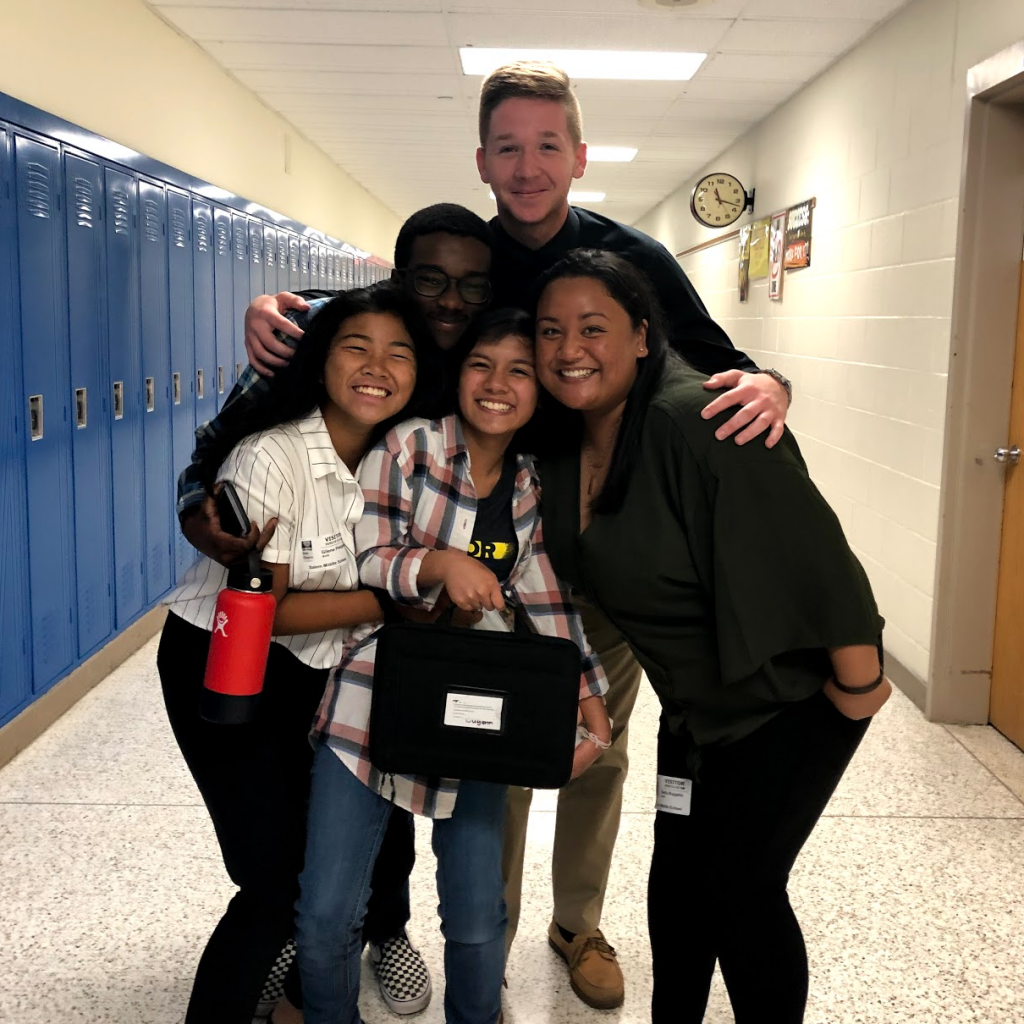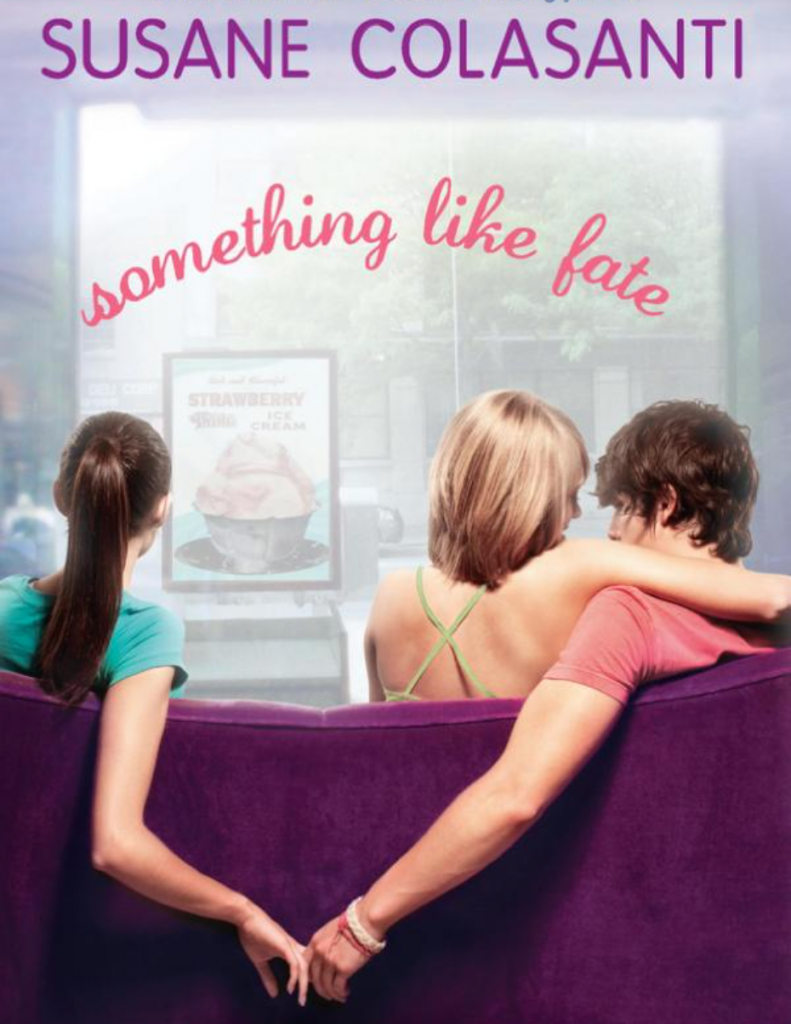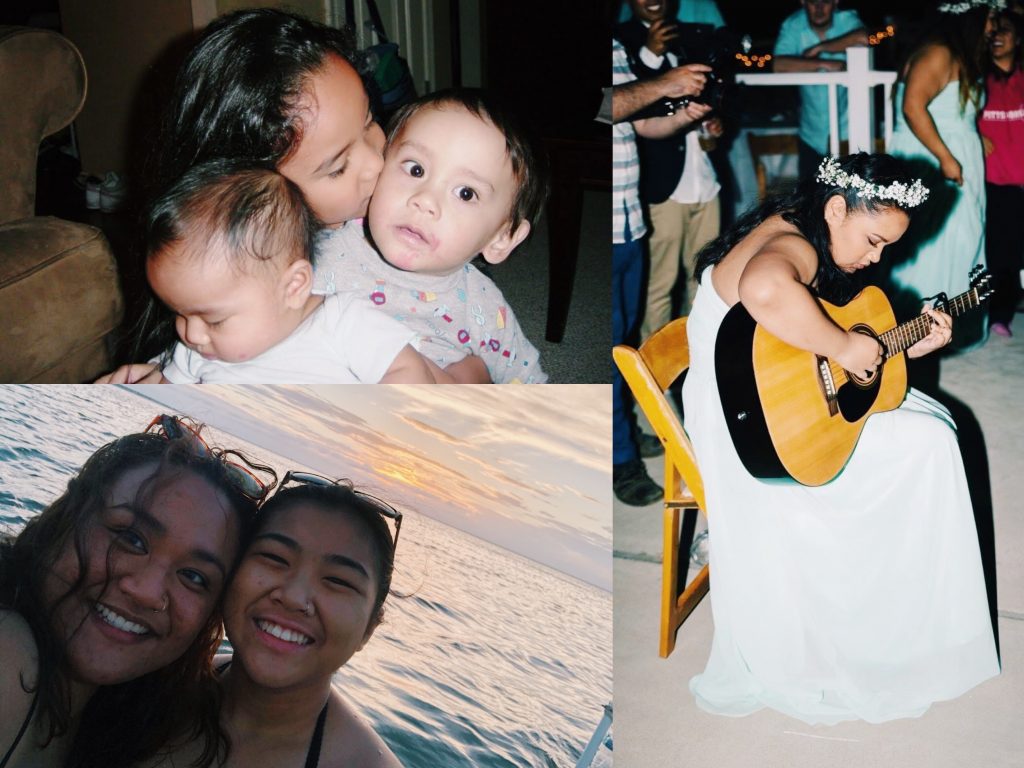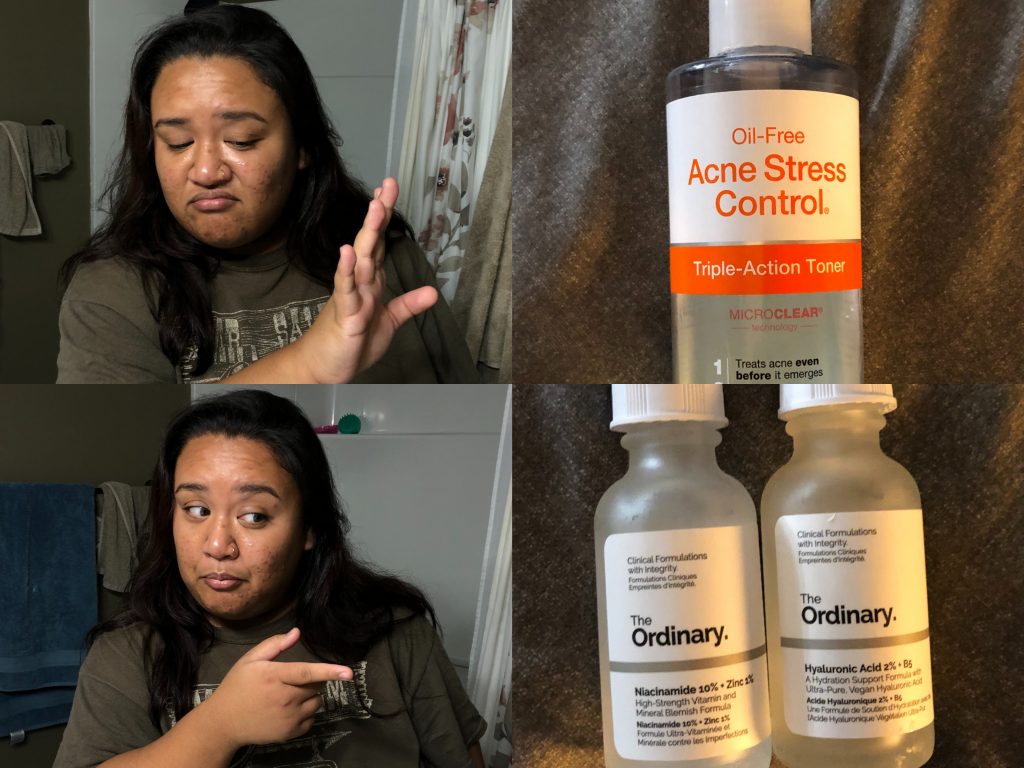ATA 5
The last assignment, Pay it Forward, was a very hands-on experience because it required me to perform at least five acts of kindness for people I knew or didn’t know in the timespan of a week. For this assignment, I chose to carry out the following gestures: (1) pay for a stranger’s coffee order, (2) tutor my sister and her friend in math, (3) help a rising high school senior pick her schedule, (4) babysit my cousins, and (5) drop off a small gift for my aunt and the rest of her family. In performing all these acts of kindness, I was able to have profound impacts on multiple lives, which in turn increased my mood and energy levels for the entire week. In addition to this, I learned that time is limited, and it shouldn’t be spent in resentment and hostility towards other people; instead, we should all focus on showing kindness to everyone around us and helping out those who are in need.
The idea of paying it forward can be applied to all psychology classes that I have taken in the past or that I’m currently taking; more specifically, it can be applied to the neurotransmitter, serotonin, which is a hormone that influences mood and happiness. In performing several acts of kindness for my friends, family, and strangers, my serotonin and dopamine levels can increase, resulting in better moods and feelings of positivity, happiness, and satisfaction. The idea of paying it forward is also extremely relevant to me because I did a project based on this idea during my senior year of high school. Prior to graduating from Salem High, three of my friends and I completed a project based on compassion in our English class. We focused this project on mindfulness, a therapeutic technique that individuals can use to become more consciously aware of their surroundings and emotions. The idea behind the compassion project was to do something for someone or a group of people that proved to be beneficial to them, so my group and I decided to create a presentation on mindfulness and practice breathing techniques with our high school’s feeder middle school, Salem Middle. This presentation can be considered a gesture of kindness, similar to the acts of kindness that I performed for assignment five.

Illustrated above is a photo from the year my friends and I visited Salem Middle School to give our presentation on mindfulness. My little sister, picture in the middle of the group, was one of the many middle school students that we spoke to about mindfulness and therapeutic breathing techniques. I chose to use this photo because it’s an example of an act of kindness that my friends and I have performed in the past.
ATA 4
Upon writing the fourth assignment, The Styles of Love, I not only learned a lot about the dynamic in my relationship with my significant other but a tremendous amount of information on how I can better myself in order to improve the connection that my significant other and I share. This assignment involved the use of the Styles of Love Questionnaire, which is a survey designed to target specific attitudes about love. The results of this questionnaire ultimately gives individuals an understanding of the levels of love that they have or desire. The following styles of love include, Eros, love that focuses on strong physical preference, early attraction, and intensity of emotion, Ludus, love that reflects that of a game or challenge, Storge, love that is deeply rooted in friendship, Pragma, love that is referred to as “love planning,” Mania, love that is based on uncertainties, and Agape, love that puts a significant other’s needs above everything else. In taking this questionnaire and completing this assignment, I learned that I have high levels of all styles of love, except for the style of Ludus. This means that I don’t desire or accept manipulative love; instead, I crave security, affection, and deep connections. The most important thing that I learned from this assignment is the fact that every couple is different. Even if my relationship standards are different in comparison to another couple’s, if the relationship works for them, then I have no room to judge.
The styles of love can be applied to a chapter about love I previously learned in my Physiological Psychology class. More specifically, it can be applied to a topic within a chapter about hormones, sex, and love. In my Physiological Psychology course, I learned that sexuality can be influenced by genetics. This idea of sexuality can be applied to the styles of love in a sense that the genetics behind sexuality can influence how a person responds to different aspects of love. For example, a person who is heterosexual could have different attitudes towards love, essentially leading to him or her scoring differently on the styles of love questionnaire in comparison to a person who is homosexual, bisexual, or asexual. The styles of love are extremely relevant to me not only because I’m currently in a relationship, but because my results are somewhat different in comparison to my partner’s results. The levels of love that we share are helpful in knowing that we have a similar foundation in love, such as desires in connections and communication; however, in learning that we have different levels of love for a couple of styles, we are both more aware of our differences, and we’re able to improve ourselves in order to be what we need for each other.

Photo From: https://www.amazon.com/Something-Like-Fate-Susane-Colasanti/dp/014241882X
Pictured above is a screenshot of a cover from one of the books I read very frequently when in high school. I chose to use this photo in order to represent the Ludus style of love, a type of love that I have low levels in. Whenever I read this book, I always despised how two people could cheat on their best friend and girlfriend. This relates to why I have such low levels of Ludus love.
ATA 2
The second assignment, Self-Portraits, revolved around the idea of the self. It involved using an album of photos that best represented me as a person, paying close attention to how each photo reflected my various self-presentations. Self-presentation is the task of presenting oneself to a variety of audiences by playing multiple roles depending on the types of plays. More specifically, self-presentation is the act of being different versions of oneself depending on the type of people one is around. In writing this second assignment, I gained a deeper understanding of my self-concept, which is my belief and knowledge about myself, including all of my attributes and what I consider myself to be. In gaining this understanding, I was also able to identify the types of self-presentations I have, especially the ones I have around my family, my peers/school, and my significant other.
The idea of self-presentations can be directly applied to what I learned throughout my time at the Visual and Performing Arts Academy at Salem High School. When I was in choir, my choral director would describe to us how singers have the ability to present emotions in ways that other people cannot. Singers have the capability to evoke specific feelings through the music we sing and perform. This concept is especially similar to self-presentations because oftentimes people present themselves in a specific way in order to make their audience like them more or relate to how they’re feeling. This is how choirs perform for their audiences: singing in a way that influences the audience to like them or relate to the theme of the song. Choral singers have to play different roles when singing different pieces, similar to how a student would have to play a certain role when sitting with a teacher in a classroom. These concepts about the self are extremely relevant to me as I continue to work towards a nursing degree: I have to present myself in different ways while working in various environments around different people. For example, when I have interviews for volunteer hours at Sentara hospital, I wear business casual clothes and act in a more professional manner in order to be respected by the individual who is interviewing me. Whereas, when I’m not in the face of professionals, I’m a completely different version of myself. In this case, as visualized in the photo collage below, even though I want people to view me as a serious candidate for the nursing program, I am still a significant other, older sister, and musician in other aspects of my life.

Picture above are three out of the six photos I used in my Self-Portraits assignment. I chose to use this collage of photos as my visual because, as I stated in Assignment 2, it ties directly with how I see myself today: a significant other, an older sister, and a musician amongst so many other things.
ATA 1
Prior to writing my first assignment about heuristics in social cognition, I never realized how much I let my current memories of specific events influence how I make decisions in a short amount of time. Like I stated in my first assignment, heuristics is a concept that consists of many different branches that explore decision making based on the kind of circumstance that a person may find himself or herself in. There are several types of heuristics, such as representativeness, anchoring and adjustment, availability, and status quo. All of these types of heuristics have a foundation in assumptions and/or recent memories and information that can be recovered in order to make a quick decision about something or someone. In writing my first assignment, I learned that although heuristics can be extremely helpful in trying to understand why people make certain decisions or assumptions, heuristics can also be detrimental by ignoring base rates and dramatizing events that are actually extremely rare.
Representative heuristics is a concept that can be applied to the Anatomy and Physiology course that I am currently taking. Like I described in my first assignment, representative heuristics deals with judgements based on how well someone or something matches a specific group. For example, in anatomy, I take many quizzes about muscle tissue and its histology. While taking these quizzes, I must look at a photo of microscopic tissue and categorize it to fit a specific muscle group. In order to do this, I must use the photo’s characteristics in order to make an assumption about the muscle tissue’s type and function. This is similar to how people will often use an individual’s attributes in order to make an assumption about what kind of person he or she is. In learning about this specific concept and the other branches of heuristics, I’ve become more consciously aware of the decisions I make everyday. For example, status quo heuristics describes making a decision between current objects or options and its better, newer counterparts. This branch is extremely relevant to me in a sense that I no longer choose old products over newer products just because they’ve been around longer. I used to think that older facial products were better than newer ones just because they’ve been on Target shelves longer; however, this is not always the case. I’ve recently learned that Neutrogena’s Triple Action Toner is extremely harmful to my skin, even though I’ve been using it for years. It wasn’t until a couple months ago that I learned that there are better, newer products that I can use on my facial barrier. This concept is illustrated in the visual representation that I created below.

I chose to use this visual representation for my assignment takeaway because it reflects how I’ve used my recent knowledge of status quo heuristics to no longer fall for the myth that older products are better than newer ones. It also refers to the meme I created in my first blog. This concept is illustrated by me (pictured on the left) ignoring a product that I’ve blindly used for years and accepting a new facial serum that is more beneficial and safe for my skin.